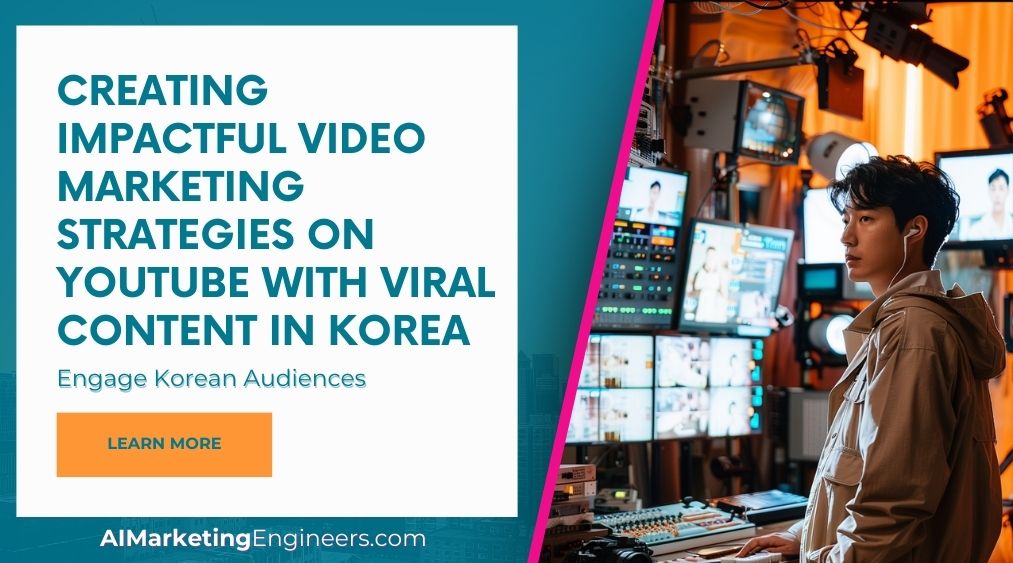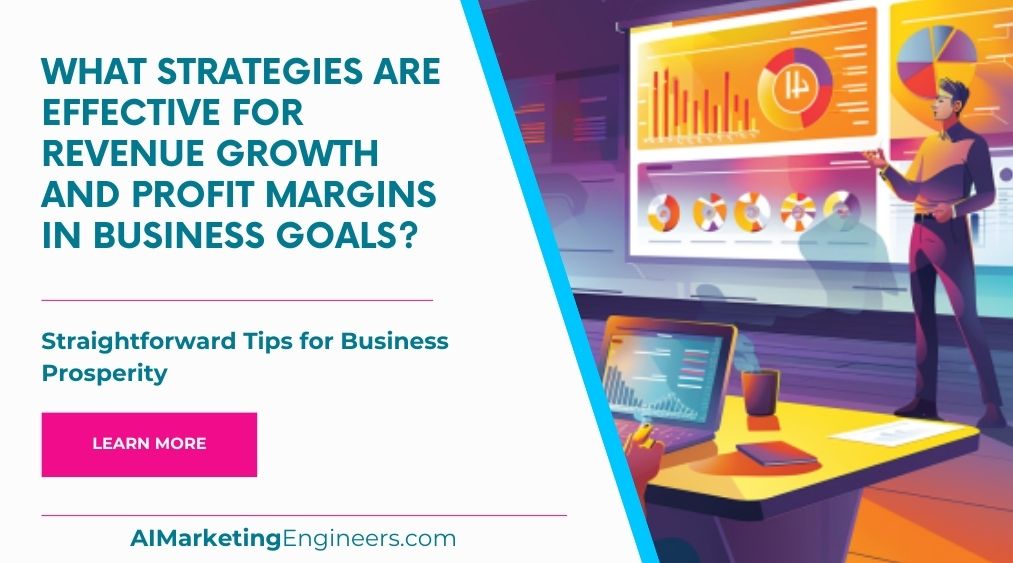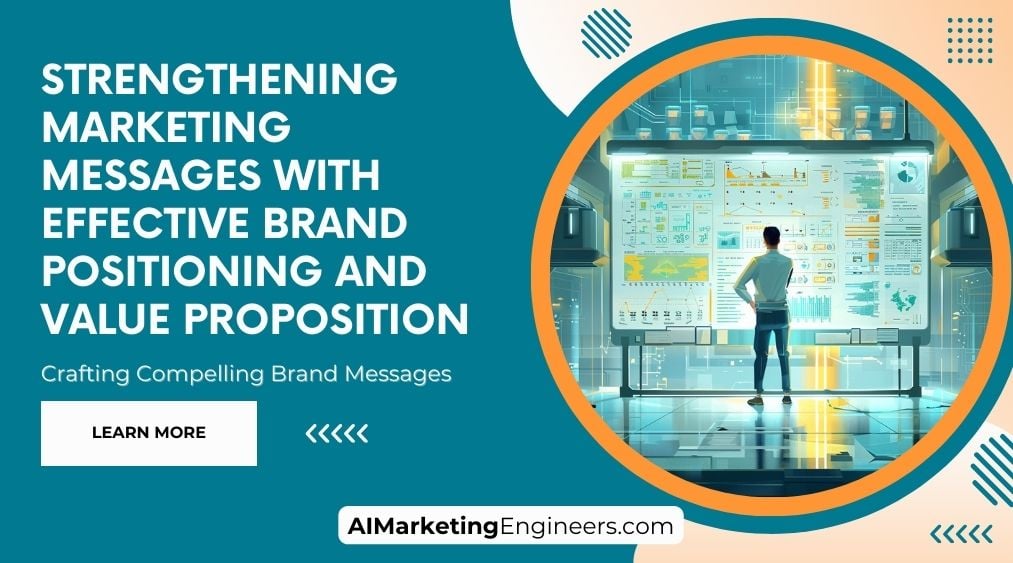Key Takeaways
✅ Enhanced Accuracy and Efficiency: Imagine cutting down the guesswork. With AI's machine learning crunching numbers, your forecasts aren't just predictions; they're blueprints to success, backed by data that's dead-on and decisions made in a snap.
✅ Personalized Insights and Real-time Decision-making: Ever wish you could read minds? AI predictive analytics is the next best thing, spotting customer trends like a pro and letting you pivot faster than ever, keeping you a step ahead of the game.
✅ Optimization of Business Processes: Think of AI as your operations whiz, rooting out waste and turbocharging your workflow. It's about doing more with less, soaring productivity, and boosting smiles all around – from your team to your customers.
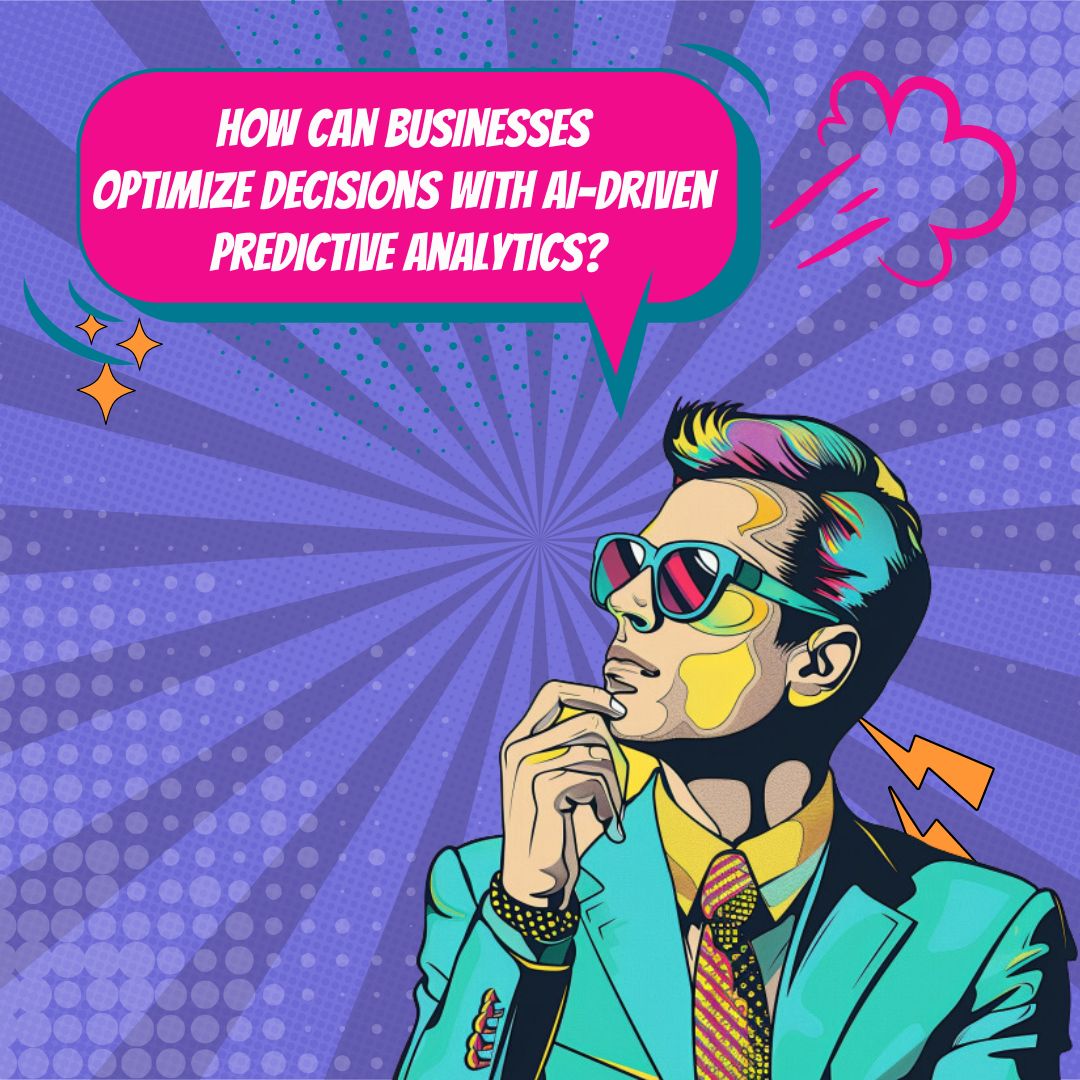
Introduction
Ever wondered if you could predict the future of your business with a magic crystal ball? Well, what if I told you that AI for Predictive Analytics might just be the sorcery you're looking for? In a world where the only constant is change, staying ahead of the curve could mean the difference between thriving and just surviving.
Diving into the world of AI and Predictive Analytics, we're looking at a game where the rules are written in data, and the right tools can mean winning big. From figuring out what your customers will crave next to making razor-sharp business decisions, the benefits of AI-powered analytics are like finding the golden ticket.
But wait, there's more than just buzzwords and fancy tech talk here. Whether you're looking to maximize revenue, skyrocket your ROAS, or amp up your ROI, we're serving up real talk on modern trends and solutions. Get ready to scarf down some hearty, actionable insights and groundbreaking information that could be the secret sauce to your business's success.
Stick around, because by the end of this we're going to unlock how this wizardry works, why it should be your go-to move, and precisely how it'll revamp the way you call the shots. Now, isn't that a story worth sticking around for?

Top Statistics
| Statistic | Insight |
|---|---|
| Market Growth: Predictive analytics market to grow from $7.2 billion in 2020 to $21.5 billion by 2026. (Source: MarketsandMarkets, 2021) | This growth indicates a surging interest in data-driven strategies to forecast trends and enhance decision-making in businesses. |
| Adoption Rates: 82% of organizations are using or planning to use predictive analytics. (Source: Dresner Advisory Services, 2021) | With such high adoption rates, predictive analytics is rapidly becoming standard practice for staying competitive. |
| Cloud-based Solutions: Expected to grow at a higher CAGR of 26.4% as compared to on-premises solutions. (Source: MarketsandMarkets, 2021) | The preference for cloud-based solutions underscores the need for scalability and flexibility in predictive analytics platforms. |
| North America's Share: Expected to hold the largest market share in predictive analytics. (Source: Grand View Research, 2021) | North America's dominance suggests it is a hotbed for innovation and early adoption of AI-driven analytical tools. |
| Top Industries: Banking, healthcare, retail, and manufacturing are leading in adoption. (Source: Forbes, 2021) | Recognizing these industries as trendsetters can help foresee where predictive analytics might become crucial next. |
Understanding AI and Predictive Analytics
Imagine you've got a magic crystal ball that hints at what's to come. That's kind of what predictive analytics is, except it's powered by something a bit more reliable than magic—Artificial Intelligence (AI). It helps businesses look ahead by sifting through tons of data to see patterns. We're living in a time where making a move based on gut feeling alone just doesn't cut it. Data-driven decision-making is the new norm, and for a good reason—it tells you what's worked in the past and what might work in the future.
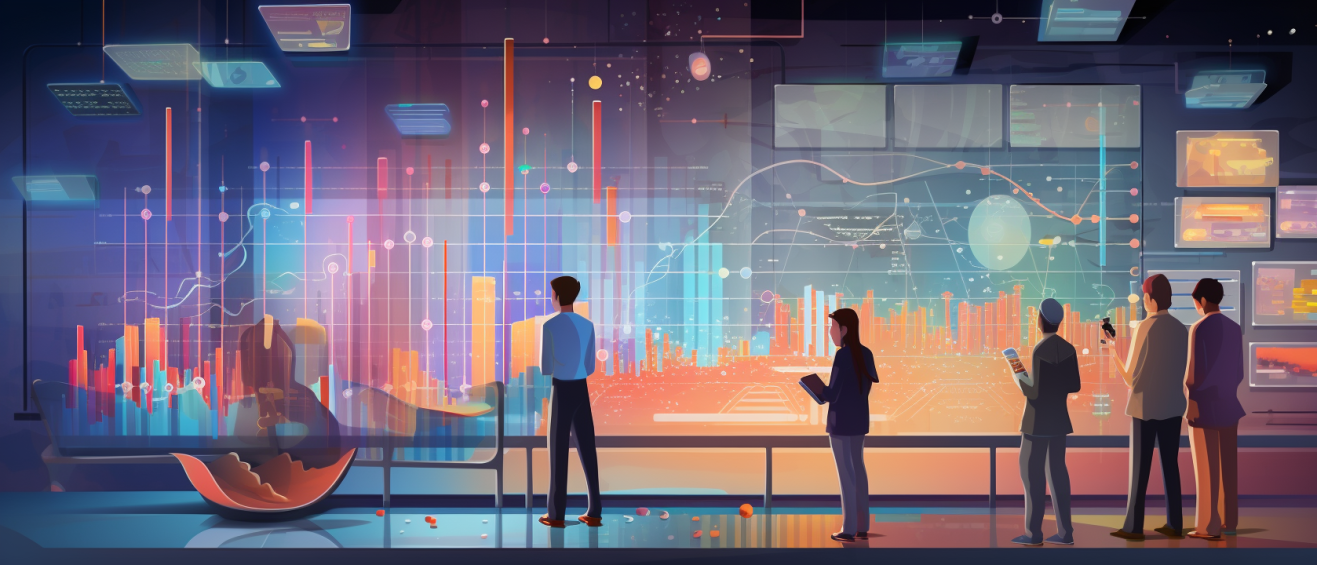
The Real Perks of AI in the Predictive Game
Think about having a super-smart assistant who not only tells you what's likely to happen but also helps avoid costly mistakes. This is what AI does in forecasting trends. By crunching massive amounts of data faster than any human ever could, it offers a clearer window into the future. For businesses, this means making choices with far more confidence. Efficiency soars, mistakes shrink, and in the long run, this all adds up to savings and better profit margins.
AI's Role in Seeing Tomorrow Today
Picture a shop that knows you're about to run out of your favorite snacks before even you do. Weird, right? But AI makes it possible by predicting customer behavior and setting up personal shopping experiences. Or imagine a warehouse that's never overstocked or understocked because AI nailed the demand forecasting. And there's more—like stopping a scam in its tracks with AI's knack for fraud detection. It's like having a financial superhero on your team.
The Rough Patches Along the AI Road
But let's get real. AI isn't all-knowing. It sometimes trips over the quality of the data it's given. Garbage in, garbage out, as they say. The trickier part is teaching AI to play fair and not pick up our own biases. It's like training a puppy—you've got to get it right from the start. And of course, fancy AI tools can come with a hefty price tag, not to mention you need the right people who know how to use them.

Crafting an AI Predictive Masterpiece
Okay, so you want in on this AI action? Start by gathering clean data. It's the cornerstone of everything else that follows. Once you've got that down, choosing the right AI algorithms isn't just smart—it's crucial. It's like matching a detective to the right case. And remember, AI needs an occasional check-up to stay in top shape, so model retraining is part of the package.
AI Predictive Analytics: The Success Diaries
Envision companies who've already hit the jackpot with AI. They've seen their sales skyrocket because they knew exactly what customers wanted, sometimes even before the customers did. They've managed to cut costs remarkably since they waved goodbye to guesswork. It's these success stories and concrete examples that showcase the real dollars-and-cents value of predictive analytics.
What's Next in the AI Crystal Ball?
So, what's around the corner in this AI tale? Emerging trends like machine learning and the Internet of Things are joining the party, making predictions even sharper. The possibilities seem endless, from tightening up operations to dreaming up new products. It's a thrilling time as more and more businesses are getting ready to ride the wave of AI, leading to a potential boom in growth and innovation.
Remember, stepping into the world of AI and predictive analytics isn't just about keeping up—it's about getting ahead. By embracing these technologies, businesses are not just surviving; they're thriving. And the question we all face now isn’t "if" AI will redefine the future of business, but "how quickly" can we catch up?

AI Marketing Engineers Recommendation
Recommendation 1: Integrate AI with CRM to Personalize Customer Experiences: Data is the heartbeat of any modern business. Yet, it's what you do with the data that really matters. Imagine knowing what your customer might want before even they do. Sounds like a superpower, right? By integrating AI systems into customer relationship management (CRM) tools, businesses can analyze customer data in real-time, predict future buying behaviors, and personalize interactions. Data from past purchases and interactions can tell you a story. So, what's the next chapter for your customer? Things like suggested products or proactive customer service are not just dreams, they are a reality with AI-driven insights.
Recommendation 2: Leverage AI to Detect Market Shifts and Adapt Quickly: Ever heard of businesses that were just too late to jump on a trend and missed the boat? Don't be one of those. Utilize AI for predictive analytics to observe and interpret market trends as they happen. Implement AI tools that can scan through social media chatter, competitor moves, or global news to forecast shifts in the market. Using this intel as your crystal ball, you can adjust your strategies, whether it's ramping up your inventory for an upcoming trend or refining your message amidst a societal shift. Stay one step ahead of the game and ready to pivot when those winds of change start to blow.
Recommendation 3: Adopt AI-driven Forecasting Tools for Inventory Management: Okay, so you're not a wizard that can predict the future. But guess what, some tools come pretty close. Embrace AI tools that are tailor-made for forecasting demand to optimize inventory levels. By analyzing historical sales data, seasonality, and current market dynamics, these tools can predict how much product you'll need on hand. Overstocking and understocking are nightmares of the past because AI takes past numbers and current trends and turns them into a balanced, nearly-just-right amount of stock. Hello, reduced costs and happy customers who find what they need when they need it.

Relevant Links
Artificial Intelligence: The Catalyst for Predictive Marketing Success
Revolutionize Your Marketing Strategy with AI
AI-Powered Profit Margins: Boosting Business with Smart Tech
The Power of AI in Understanding Customer Journeys
Conclusion
As we've journeyed together through the evolving landscape of AI for Predictive Analytics, we've uncovered some sparkling gems. Remember those days when businesses made decisions based on hunches or the phase of the moon? No more. With AI, we now have the superpower to foresee trends, understand customer whispers, and make decisions that feel like chess moves made by a grandmaster.
How does it do that? For starters, AI has given us a looking glass to see not just what is, but what could be, with grace—improving our ability to forecast trends and dramatically enhancing our decision-making efficiency. It's like having a crystal ball that helps businesses cut costs and bump up profits. We've seen it flex its muscles in personalizing customer experiences, keeping shelves stocked just right, and even playing the hero by sniffing out fraud.
Let's be real, though; this tech sorcery isn't without its dragons to slay. Challenges like data quality, ethics, and the cost of know-how are real. But, equipped with best practices—collecting the right data, choosing the right AI tools, and keeping those tools sharp with updates—we can march confidently forward.
And the stories—oh, the stories we've heard! Companies, big and small, are already reaping those sweet rewards, their success stories inspiring us to dream bigger.
So, what's on the horizon? Think bigger, bolder, and more brilliant applications of AI in the realm of predictive analytics. If you're in business and you're leaning back wondering if this AI wave is for you, lean in instead. Embrace the possibilities. Dive into using AI-powered predictive analytics to slice through the fog of uncertainty and greet the dawn of informed and strategic decision-making.
Are you ready to become a part of this future? Can you feel the excitement for what AI will churn next? The possibilities are not just endless-they're already knocking on your door. It's not just a game-changer. It's the new way of playing the game.

FAQs
Question 1: What is AI for Predictive Analytics?
Answer: AI for Predictive Analytics is basically using smart computer tech—stuff like machine learning—to take a good hard look at data from the past to guess what might happen next. It's a bit like trying to predict the weather, but instead, businesses use it to make smarter choices.
Question 2: What are the key benefits of using AI for Predictive Analytics?
Answer: Using AI to gaze into that crystal ball of data brings a bunch of perks: it’s usually more spot on with predictions, helps you make wiser choices, saves time, manages risks better, and can even find sneaky trends you didn’t know were there.
Question 3: What types of data are used in AI for Predictive Analytics?
Answer: Think of AI as a hungry beast that can eat up almost any type of data—numbers in tidy rows, words scattered around like in tweets or reviews, or even stuff that changes over time like stock prices.
Question 4: What are some common AI techniques used in Predictive Analytics?
Answer: The AI toolkit's brimming with fancy tricks like regression analysis to spot trends, decision trees that sort of branch out decisions, neural networks that mimic our brains, support vector machines, and team player methods like random forests.
Question 5: How can AI for Predictive Analytics help businesses optimize their operations?
Answer: AI helps businesses by giving them the inside scoop on what customers might want, when stuff might run out, what risks to watch out for, keeping the supply chain smooth, and setting just the right prices.
Question 6: What are some real-world applications of AI for Predictive Analytics?
Answer: You’ll find AI helping to catch fraudsters, telling you when machines need fixing before they break, guessing how much stuff you’ll sell, figuring out which customers might leave, and sending the kind of ads that make you want to buy.
Question 7: How can beginners get started with AI for Predictive Analytics?
Answer: If you're new to the game, start by getting cozy with data science, machine learning, and the basics of AI. There’s a bunch of free tools and data out there to practice on, and plenty of online courses to teach you the ropes.
Question 8: What are some common challenges in implementing AI for Predictive Analytics?
Answer: It's not all smooth sailing—sometimes the data's messy, sometimes there's not enough know-how, the tech might not be up to scratch, and folks in the company might be stuck in their old ways.
Question 9: How can businesses ensure the accuracy and reliability of AI-powered predictions?
Answer: Keep the predictions on the straight and narrow by feeding your AI good data, using solid methods, double-checking the forecasts, and having a solid plan to keep it all running smoothly.
Question 10: What are some best practices for integrating AI for Predictive Analytics into business operations?
Answer: To make AI work for you, lay the groundwork with a culture that loves data, get the right people and gear on board, start with a clear focus, and map out how to bring AI into your business step by step.

Academic References
- Delen, D. (2018). Predictive Analytics and Data Mining: Concepts and Practice. Springer. Delen offers a thorough examination of predictive analytics and data mining, with a particular focus on their use in making informed business decisions. The book shines with its real-world case studies and insightful integration of AI and machine learning for predictive modeling.
- Lytras, M. D., Mathkour, H., Abdalla, H. I., Al-Halabi, W., & Yanez-Marquez, C. (Eds.). (2019). Handbook of Research on Strategic Fit and Design in Business Ecosystems. IGI Global. This comprehensive handbook peeks into the dynamic world where AI meets predictive analytics, unlocking potential for optimized business decisions within intricate ecosystems. The emphasis here is squarely on the strength AI-driven models bring to strategic alignment and a company's competitive edge.
- Siegel, E. (2013). Predictive Analytics: The Power to Predict Who Will Click, Buy, Lie, or Die. John Wiley & Sons. Siegel delves into the transformative power of predictive analytics across various business sectors, noting AI's pivotal role in trend forecasting and decision optimization. He provides an engaging mixture of real-life scenarios and stimulates discussion around the ethical aspects of predictive analytics.
- Shirgaonkar, N. (2020). Artificial Intelligence and Big Data Analytics for Business. Springer. This work uncovers the synergy between AI, big data, and predictive analytics in shaping business decisions. It ventures into identifying patterns in voluminous data and AI's transformative effect on business operations, making it an instrumental resource for strategists and analysts.
- Siegel, E. (2016). Predictive analytics: The power to predict who will click, buy, lie, or die. Journal of Big Data. An extension of the earlier book, this paper by Siegel probes further into the deployment of AI in predictive analytics for savvy business decision-making. Discussions encompass AI's industry-wide impact and the growing impetus on data-driven strategies.
- Delen, D. (2018). Predictive Analytics and Machine Learning in Business: A Practitioner's Guide. Springer. With an approachable writing style, Delen provides a hands-on guide for applying AI and machine learning to predictive analytics for business outcomes. The book breaks down complex concepts with real-world examples, magnifying the significance of AI in discerning trends and refining business processes


